Click on images to enlarge
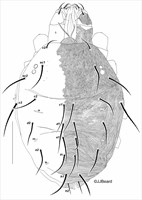
Fig. 1. Neonidulus tereotus adult female - dorsum.
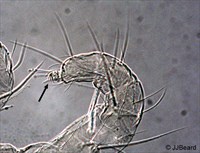
Fig. 2. Neonidulus tereotus adult female - detail of tarsus I (arrow indicates three prongs).

Fig. 3. Neonidulus tereotus adult female - detail of tarsus III (arrow indicates three prongs).
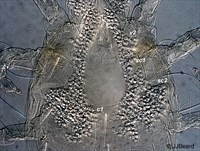
Fig. 4. Neonidulus tereotus adult female - detail of prodorsum.
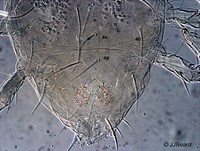
Fig. 5. Neonidulus tereotus adult female - detail of posterior venter and genital region.
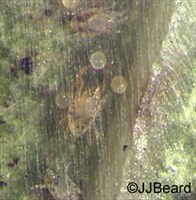
Fig. 6. Neonidulus tereotus adult male with eggs inside silk nest.

Fig. 7. Neonidulus tereotus adult male - dorsal habitus.
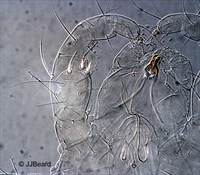
Fig. 8. Neonidulus tereotus adult male - detail of leg I and gnathosoma.
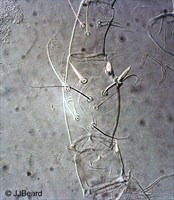
Fig. 9. Neonidulus tereotus adult male - detail of femur I.
Material examined
types
Taxonomy
Subfamily Tetranychinae
Tribe Tetranychini
Common Name
None
Distribution
*Australia: along coast of central Queensland to central New South Wales, matching distribution of the main host plant, Weeping Lillypilly, Waterhousea floribunda (Myrtaceae).
Taxonomy Changes
None
Diagnosis
Female (Fig. 1)
- empodia I-IV = pair of three-pronged structures (Figs 2, 3)
- prodorsum with distinct regular reticulate pattern (Figs 1, 4)
- palp with spinneret significantly swollen, short and broad
- female pregenital striae longitudinal, becoming broken towards setae ag and forming a distinct cresentic pattern between setae ag (Fig. 5)
- dorsal opisthosomal seta f2 absent (Fig. 1)
Male (Figs 6, 7)
- femur I swollen with two thickened spur-shaped setae inserted along internal margin (adaxial) (Figs 8, 9)
- aedeagus long, thin, tapering to finger-like tip
- body distinctly diamond shaped (Figs 6, 7)
Hosts
Lophostemon confertus (Brush Box), *Waterhousea floribunda (Weeping Lillypilly) (Myrtaceae)
Similar Taxa
Schizotetranychus Tragardh
Tribolonychus Zhang & Martin
Yezonychus Ehara
Biology
Individual Neonidulus tereotus are flattened and spin very strong, thick sheets of webbing to form their nests (Fig. 6). Thick silk sheeting is woven along the midrib on the underside of the leaves, from the top of the midrib down to the surface of the leaf blade, forming an elongate tent. Females also begin new nests in depressions in the leaf blade, weaving thick silken covers over the depression, forming a circular nest. Faecal material and moulted skins are kept away from the feeding area within the nests, as are the eggs. Individual females are able to start new nests, however it appears that males are unable to. Males use their enlarged forelegs (Figs 6-9) to guard female deutonymphs prior to mating, but males have not been observed to defend the nest when it is broken open.
Feeding within the nests causes the part of the leaf blade directly under the webbing to turn yellow-orange, and then brown in older nests. This discolouration can be clearly seen from the other side of the leaves, and as the damage persists long after the mites have died off, it is a good indicator that the mites are there or have been there in the past.
References
*Beard, J.J. and Walter, D.E. (2010) A new spider mite genus (Prostigmata: Tetranychidae) from Australia & New Zealand, with a discussion of Yezonychus Ehara. Zootaxa 2578: 1-24.
Notes
Copyright © 2018. All rights reserved.